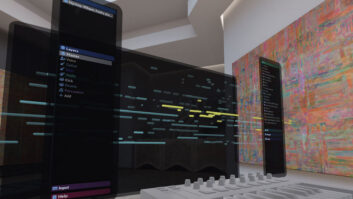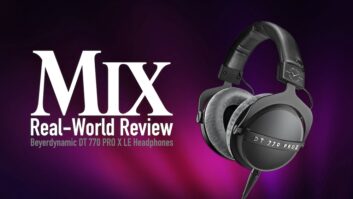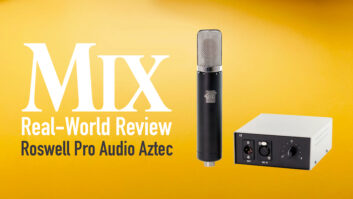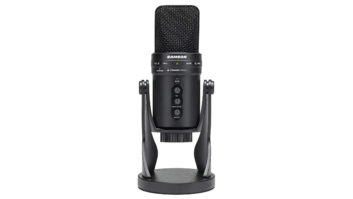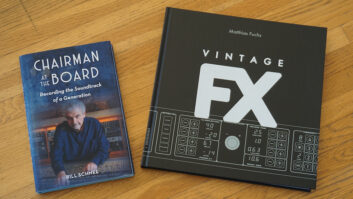On Friday, September 14 in 1990, I bought my first “pro” microphone, a Yamaha MZ 204 cardioid dynamic from Sound Track Music in King, North Carolina. My total was $249.99, including sales tax, and I paid with cash; it was a fortune to me, only $100 less than I paid for my first proper drum set several years prior. I remember that my high school sweetheart, with me at the time of purchase, seemed simultaneously impressed and slightly offended, as I’m sure we had just eaten at a Burger King or close equivalent.
Serious thought and consideration had led to this point in time, what I now understand was a life changing, career-shaping purchase. I had been repeatedly told by members of my high school rock band that I needed a really good kick drum mic so we could sound better live, to plug into any PA we happened to be using (and soon our own, a six-channel mono Sound Tech powered mixer, first with 12-inch two-way cabs, then later with two dual 15-inch two-way cabs. How we ever brought the latter to gigs in our caravan of late ‘70s/early ‘80s hatchbacks, I don’t remember.)
So, at the store that evening, Phil Essick — a local audio engineer and Sound Track employee — recommended the MZ 204 as a cool, new, and really good kick drum mic. I trusted him, and I bought it. I can’t say that this mic made me sound much better than any other similarly-priced kick mic could have (as we generally played through some less-than-good PA systems), but I was the only drummer I knew that had his own kick drum mic, which counted for something, at least in my own mind—I was serious, man. I ended up using it everywhere, live and in the studio: anywhere the engineer in charge would let it happen (as most had, as you would assume, an AKG D 112 or Electro-Voice RE20 that they swore by). And as I remember, my MZ 204 and I impressed a few engineers over the years.
I recently rediscovered the MZ 204 when setting up a much-larger-than-normal assembly of inputs. My hands and eyes have passed over it for years, and — on this day, for whatever reason — they still did. I guess I thought my own work and abilities had surpassed its usefulness. Sad, because the Yamaha MZ 204 completely changed how I interacted with the sound of my own music. Before it, I was a drummer with no sound experience to speak of; I simply hit drumheads and cymbals in order to be heard. Then, with the purchase of my MZ 204, I suddenly owned a tool that connected my sound to something larger, allowing me to reach beyond the energy I created alone. Essentially, the MZ 204 was what plugged me into the mechanics of modern-day music production.
But does the MZ 204 actually sound as good as I remember it? On this day—when I plug it in for the first time in what feels like forever and record it, even up against my current favorite kick drum microphone—yes, it does. It’s still a perfectly good kick drum microphone nearly two decades after I bought it (and I don’t use “perfectly good” lightly).
My MZ 204 may not be the “best” pro audio purchase I’ve ever made, but I can say with conviction that it has been the most valuable. Its value—that of long-owned, still-performing gear—is more than nostalgic. It’s proof of the worth in product recommendations by knowledgeable and respected sources, just like those by our real world experts in the pages of this magazine. Twenty years ago, such a recommendation certainly proved to be powerful, and valuable, to an aspirational 16 year-old drummer.
So Phil, wherever you are, thanks again.

